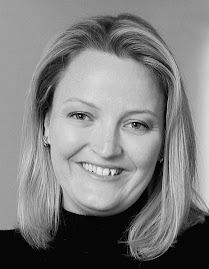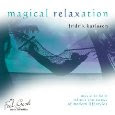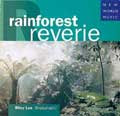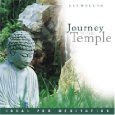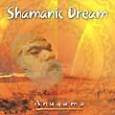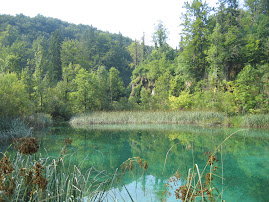Massage therapists have a reasonably limited number of "tools of the trade" - you'd think a comfy massage table, oil and towels would pretty much be it.
Not so! I've tended to choose my oils based on word of mouth recommendations - certainly, when I was training we quizzed the teachers about which oils they used and recommended, and it's always useful to ask what other therapists use. In the UK, I used carriers oils from Absolute Aromas, but there are a huge array of balms, lotions and carrier oils, and an even larger range of essential oils - the delicious smelling oils used in aromatherapy- to choose from.
The texture and smell of the oil, lotion or balm can have a dramatic impact on the quality of the massage. If it's too greasy, the therapist will have difficulty keeping contact with the client's body, and if it's too dry, it's difficult to get "glide" - so the massage will feel jerky. In reflexology class this week, our teacher has been discussing the Young Living range of oils, and has brought in various samples for us to smell and use. We don't use any oil in reflexology, but therapists will often use essential oils in diffusers or oil burner while they're doing a treatment. Similarly, reflexology can be done as part of a massage, so the issue of oils typically comes up in any gathering of massage therapists.
In reflexology class this week, our teacher has been discussing the Young Living range of oils, and has brought in various samples for us to smell and use. We don't use any oil in reflexology, but therapists will often use essential oils in diffusers or oil burner while they're doing a treatment. Similarly, reflexology can be done as part of a massage, so the issue of oils typically comes up in any gathering of massage therapists.
The people at Young Living do a great job of marketing - I love the names of their oil blends. Of course they have blends with names that you'd expect, such as Joy and Peace and Calming, but something like Highest Potential makes me want to go out and try it straight away.
According to Young Living's website:
"Highest Potential™ is an exotic blend of therapeutic-grade essential oils designed to increase your capacity to achieve your highest potential. It combines the uplifting and inspirational qualities of Australian Blue™, with the power of Gathering™, to hlp bring greater unity of purpose. Jasmine is added to enhance self-confidence, while ylang ylang calms, soothes and helps release feelings that might otherwise get in the way."
It's like a super blend of oils, which includes: Australian Blue, [a blend of blue cypress (Callitrus intratropica), ylang ylang (Cananga odorata), cedarwood (Cedrus atlantica), blue tansy (Tanacetum annuum), and white fir (Abies concolor)], Gathering essential oil blend [galbanum (Ferula gummosa), frankincense (Boswellia carteri), sandalwood (Santalum album), lavender (Lavandula angustifolia), cinnamon (Cinnamomum verum), rose (Rosa damascena), spruce (Picea mariana), geranium (Pelargonium graveolens) and ylang ylang (Cananga odorata)], jasmine (jasminum officinale) and ylang ylang (Cananga odorata). Wow - how's that for a list of ingredients!
Apparently, Young Living's oils are therapeutic grade, and the company claims it is the largest supplier of essential oils in the world. My first impression of the company this week is that their oils smell and feel great. I've ordered a seven-oil starter pack to check them out, and can't wait to work with them, or simply use them around home.
One of my massage study buddies in the UK also put me on to Tui - Balmes and Waxes. I'd never used waxes in my massages, but I was keen to learn more about them. Tui points out that waxes have an inherent benefit over oils in that oils are easily spilled, and can become so concentrated on bed linen that it proves impossible to wash out. Yuuuuuk!
 Tui's products are a blend of natural, organic beeswax and high quality vegetable oils. I like the fact that there are no artificial preservatives, emulsifiers, colouring agents, stabilisers or chemical additives are used in their products. I also ordered a couple of their blended waxes and one balm to try out in the coming weeks.
Tui's products are a blend of natural, organic beeswax and high quality vegetable oils. I like the fact that there are no artificial preservatives, emulsifiers, colouring agents, stabilisers or chemical additives are used in their products. I also ordered a couple of their blended waxes and one balm to try out in the coming weeks.I think it's important for therapists to choose their oils carefully and to be able to offer different products for different situations - some people prefer that oil is not used, particularly if there are no shower facilities in the massage room or clinic, and they have to go back to work or out to an appointment after their treatment.
I also think trade shows are a great way to check out new products, particularly if you're new to the industry.
I'd love to hear other people's views on oils and suppliers in Australia or the UK - feel free to post your thoughts on the blog.



